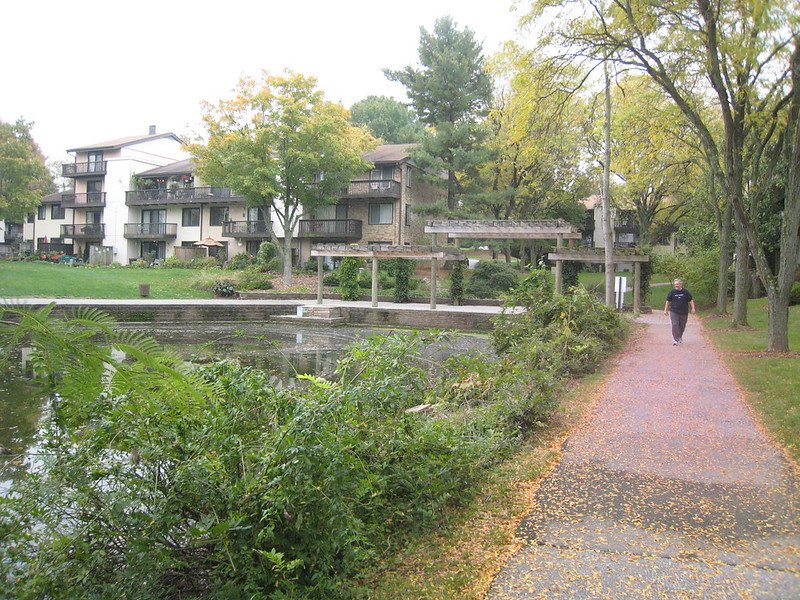Talk of the towns
As small towns phase out single-family zoning and condos sprout near commuter rail lines, it feels like we’re entering the age of the urbanizing suburb. Bloomberg CityLab takes a deep dive into one of the most interesting cases: the pioneering planned community of Columbia, Maryland.
In the 1960s, Columbia was meticulously constructed on 14,000 acres of farmland. The idea was to build a better suburb with mixed-use, easily walkable villages. And while the town has been hailed as one of the more successful examples of planned suburbanism, it never really achieved the pedestrian-centered, no-car-needed goal it strived for.

Now, the town’s master developer is trying again with an ambitious plan to urbanize the town center with 14 million square feet of new construction. The company describes it as nothing less than “the reinvention of suburbia” — a more sustainable, less car-centric retrofit that leverages modern planning techniques, concerns about climate change and rising real estate prices. But the plans also challenge the very identity of one of America’s most iconic suburbs — or, as the project’s website now calls Columbia, “the third city between D.C. and Baltimore.”
“How do you improve suburbia and make it more available to the masses?” asked one land use expert and Columbia resident. “I think the first part is very easy, and the second part is incredibly hard.”
Read more at Bloomberg CityLab
Caught green handed
For the first time, someone in the UK has been convicted of domestic abuse after being sprayed with a liquid that shows up under ultraviolet light.
The substance, called SmartWater, is a forensic marking agent that stains the skin and clothing of an attacker, similar to the paint bombs that have long been used to identify bank robbers. It comes in hand-held canisters, and can also be applied to door handles and gates. When analyzed, it can link the attacker to the specific batch of SmartWater that stained him. It is now being used by 200 women across England as part of a pilot program. The man it was used to convict was sprayed with it by his ex-partner while he showed up at her home in West Yorkshire.
Crushed by negative news?
Sign up for the Reasons to be Cheerful newsletter.“Domestic abuse is quite often difficult to prosecute and a lot of these crimes occur behind closed doors,” said the detective superintendent of the West Yorkshire police. “If we forensically mark, then we can track someone back to a location. We’ll know who the perpetrator is, and we’ll know who the victim is, as well.”
Charge!
The petrol-powered automobile continues its slow slide into obsolescence. In 2021, over 6.6 million EVs were sold in an average week. That’s more than were sold in the entire year of 2012, and three times as many as in 2019. Globally, EVs account for nearly one in ten car sales. In countries like Norway, it’s almost three in four.
EVs present their own set of challenges. There are now 16 million on the roads, contributing to traffic congestion, urban sprawl and pedestrian fatalities. But they’re undeniably better than the climate catastrophe that gas-powered cars represent, and as a consumer product, appear to be the trendiest thing on four wheels.







